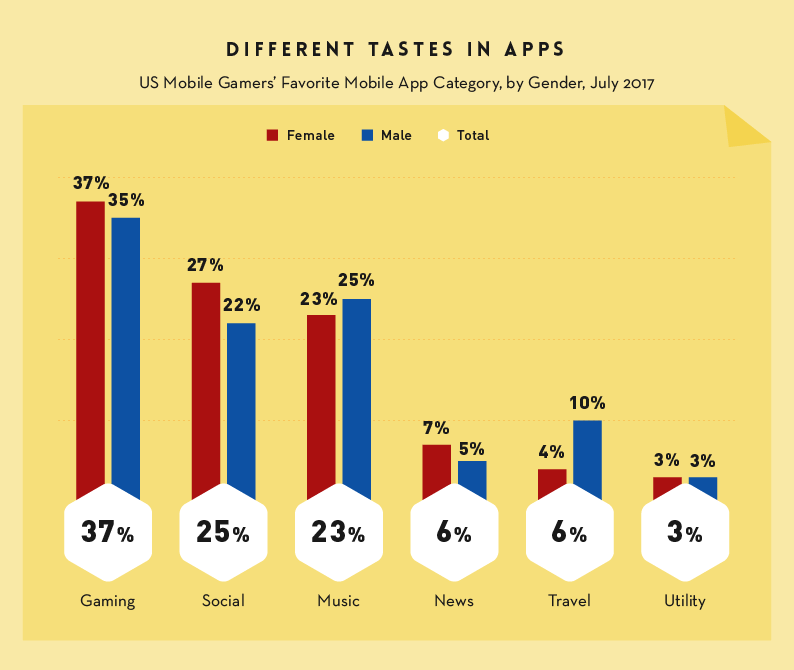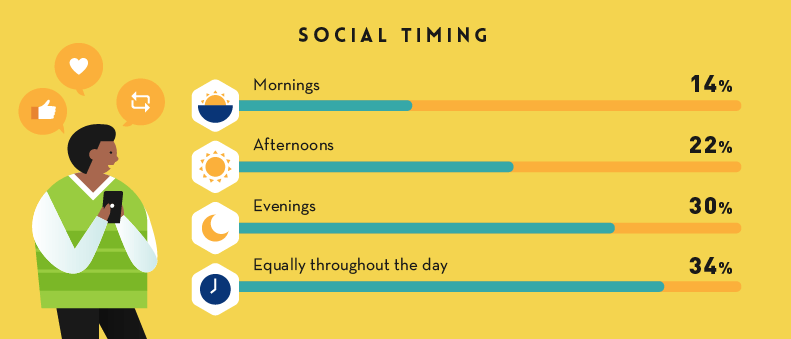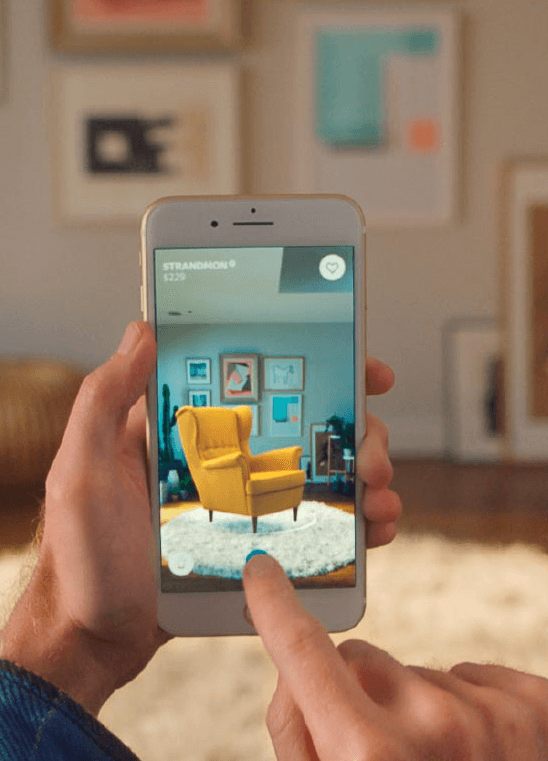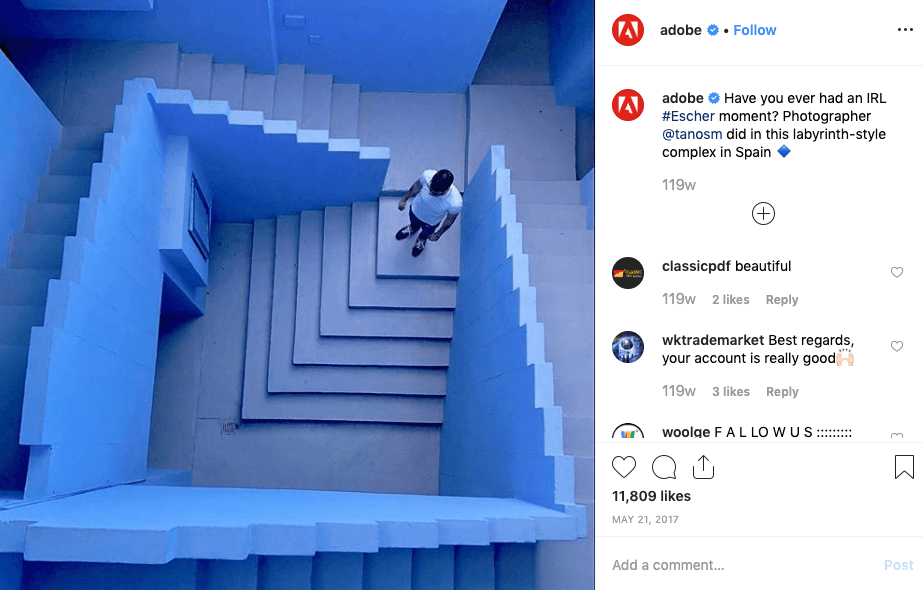Mobile marketing is crucial in today’s world. Everyone has a smartphone. Everyone uses it to make purchases and find businesses. In fact, 52% of all website traffic worldwide was generated through mobile phones in 2018.
You already know you have to pay attention to mobile marketing in order to stay competitive. But like everything else in today’s world, mobile marketing techniques evolve constantly. If you’ve tried some sure-fire strategies that haven’t paid off in the way that you’d hoped, then perhaps it’s time to look at alternative mobile marketing strategies. To that end, here are six ideas for mobile marketing that you might not have tried yet, but have the potential to help you reach a bigger audience and convert more leads.
1. Geofencing and push notifications
Geofencing has double the click through rate of normal mobile advertising, making it highly effective and highly targeted. Studies have found that 60% of consumers use mobile devices to find information on local products and services, and 40% of those are on-the-go when searching, opening up a massive opportunity to target customers looking for products or services in your area. One of the most interesting ways to use geofencing is with push notifications. If you have an app, you can push notifications to your app users who are within a certain distance of your business (or target them with ads or discounts on products/services that fit events, weather conditions, etc. in their area).
Target, one of the largest American retailers, does this effectively with the Target app. Every frequent Target shopper knows that you need the app to take advantage of their Cartwheel offers and other coupons, so consumers download it. Then, anytime they drive past a Target: bing! The latest discount deal pops up in their notifications.
2. Understand how your ideal customers use mobile devices
Your ideal customers might use smartphones differently than you think. Smartphone owners use apps and mobile browsers evenly, but apps have higher conversion rates and better engagement.
But how your customers use both apps and browsers can vary widely depending on who they are. Identify your target customers, then appeal to them on the platforms they use most often, at the time of day when they’re most active. Target them through native apps, app advertising, social media ads, etc. to get your message across when they’re most receptive.


Image source: https://techjury.net/stats-about/app-usage/
Not only do you want to integrate your marketing campaigns across several mobile-friendly platforms, you want to choose the right platforms.
3. Augmented reality
You’re probably familiar with virtual reality. It’s an experience that requires the user to don a headset and become fully immersed into a computerized world. Augmented reality (or AR) is similar. It projects virtual elements onto real-world images (Snapchat filters are a good example of AR).

Image source: http://highlights.ikea.com/2017/ikea-place/images/ikea-place-augmented-reality-try-before-you-buy-interior-design-app-strandmon-armchair.jpg
Use augmented reality to help your customers “see” themselves using your product. Ikea’s Place app is a good example of how effective this can be: the app lets customers virtually see how over 2,000 pieces of furniture will look and fit in their homes.
But it’s not just Ikea taking advantage of augmented reality. Paint manufacturers, landscaping companies, interior designers, delivery services, and more are doing the same.
And consumers have shown interest in more AR possibilities. 73% of those who have tried AR have said they were satisfied with their experience (and 45% said they would like to try AR in the shopping experience). If AR can provide your customers with a valuable experience, it’s certainly a marketing strategy worth trying.
4. Use vertical videos and images
A simple but powerful tip: If you create vertical video ads for Facebook, you’ll be ahead of other mobile marketers. The vast majority of online images and videos are horizontally formatted, but most smartphone users hold their phones vertically. Additionally, data from Statista shows that 96% of Facebook users check their newsfeeds with a smartphone or tablet.

Image source: https://www.statista.com/statistics/377808/distribution-of-facebook-users-by-device/
According to research conducted by Buffer and Animoto, vertical videos outperformed both square and horizontal videos on Facebook and Instagram. In fact, vertical video ads had much lower cost per click (CPC) and cost per view (CPV) rates, making it a more budget-friendly option as well.
5. Optimize your site for voice search
According to Google, one out of every five searches is conducted with voice, and that number is likely to grow. Experts everywhere are making bold predictions about the future of voice search, with some predicting that it will take over up to half of all searches by 2020.
So how can you optimize your site for voice search? Here are a few ideas:
- Use long tail keywords and phrase them the way that people speak. (I.e. Not “ice cream,” but “find an ice cream shop near me”)
- Remember to use the phrase “near me,” if it’s relevant for your product, as it’s common in mobile voice searches.
- Be sure your contact information and location are correct on your website. Mobile users are often searching for a business while driving, and you want them to be able to find you.
- Answer questions on your site or in your blog. It’s a great way to rank for Google questions, which are popular with mobile users.
6. Encourage user-generated content
People love taking photos and videos with their phones and posting them online, so let them do it for you. Create a hashtag that’s specific to your brand, and ask your fans to take photos or videos of themselves using their product and post it to social media using their hashtag.
Adobe has a very effective user generate content campaign. Using the hashtag #Adobe_Perspective, artists and other content creators share photos on Instagram that showcase the ways in which they use Adobe to do their jobs.

Image source: https://www.instagram.com/p/BUXG97GAxrt/?utm_source=ig_embed
This clever campaign designers, artists, and photographers see the software in action. Best of all, it lets Adobe show off its product while engaging with the community of artists they are targeting.
Mobile marketing is more important than ever. No brand can ignore it and stay competitive. If you feel like your old mobile strategies are getting a little stale, give these outside the box alternatives a try. They might help you reach a bigger audience and convert more leads.


